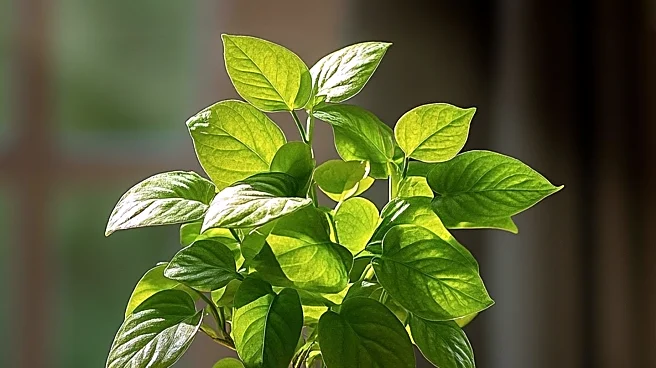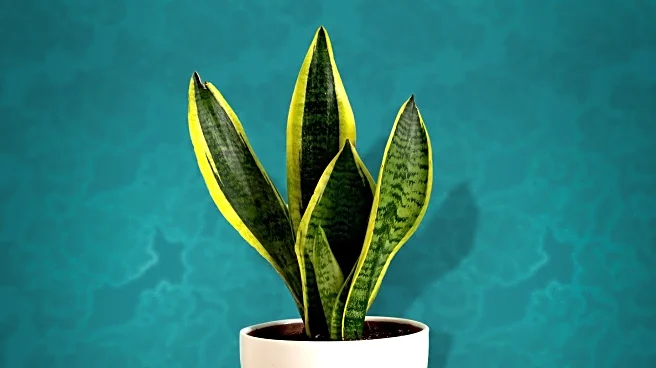What's Happening?
A traditional kitchen ritual involving boiling orange peels with cinnamon is experiencing a resurgence in popularity. This practice, praised for its aromatic and comforting qualities, is now being examined
for its potential health benefits. Emerging scientific research suggests that the vapor released from boiling these ingredients contains active compounds with antibacterial and antifungal properties. The process involves simmering orange peels and cinnamon sticks in water, which releases a sweet, tangy scent and disperses bioactive compounds into the air. These compounds, found in the citrus albedo and Ceylon cinnamon, have been shown to reduce oxidative damage and possess antimicrobial properties. The practice is gaining attention from biochemists and public health researchers as a potential low-tech purification system.
Why It's Important?
The renewed interest in boiling orange peels with cinnamon highlights a shift towards natural antimicrobial agents and air purifiers. This practice could offer a sustainable alternative to chemical-laden products, especially in under-resourced settings where access to air purification and disinfectants is limited. The antimicrobial properties of the compounds released during boiling may contribute to improved indoor air quality and offer low-cost health interventions. Additionally, the cognitive benefits associated with citrus flavonoids and cinnamon compounds suggest potential applications in neurological health, including memory improvement and increased brain resilience. While the evidence is promising, researchers caution that more clinical trials are needed to fully understand the implications and potential for public health policy shifts.
What's Next?
As interest in this practice grows, further scientific research and clinical trials are likely to explore the full range of health benefits associated with boiling orange peels and cinnamon. Researchers may investigate the potential for these compounds to serve as functional health tools beyond scent, examining their impact on air quality and cognitive health. The findings could lead to broader discussions on the use of common household ingredients in health interventions and their scalability in various settings. Public health researchers may also consider the implications for policy development, particularly in regions with limited access to conventional air purification methods.
Beyond the Headlines
The resurgence of this kitchen ritual reflects a broader cultural shift towards natural and sustainable practices in home wellness. It raises questions about the overlooked potential of food by-products and spice rack staples as health tools. The practice also highlights the intersection of anecdotal traditions and empirical validation, challenging perceptions of pseudoscience and encouraging a reevaluation of everyday ingredients. As scientific interest grows, this simple ritual may inspire further exploration of the therapeutic potential hidden in common household items.











